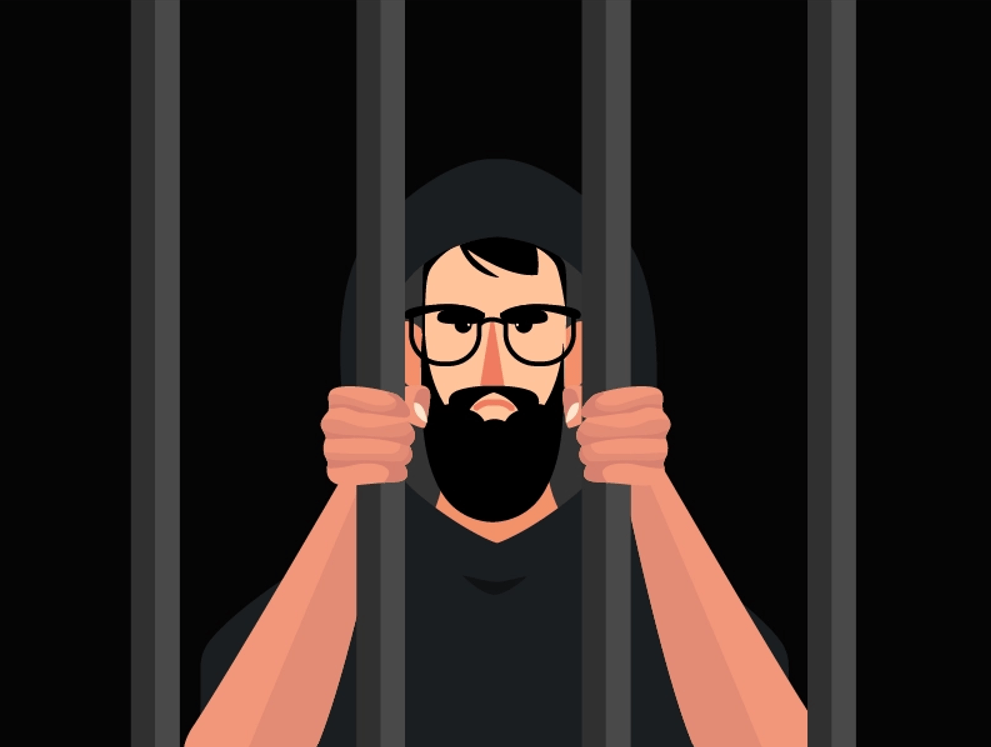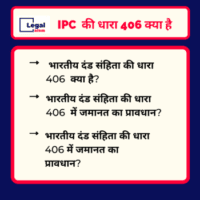Wrongful Restraint and its Punishment
Interactions between people happen every day in the diverse environment of India, a nation with a rich cultural legacy and active culture.
Table of Contents
However, occasionally these exchanges might go awry and result in inappropriate restriction. According to the Indian Penal Code (IPC), wrongful restraint is the deliberate restriction of someone’s freedom of movement against their will.
This blog article attempts to educate readers on this offence, its legal ramifications, and instances from everyday life that demonstrate how important it is to stop such behaviour.
Understanding Wrongful Restraint :
Any action that prohibits someone from moving forward in a direction in which they have a legal right to move forward is unlawful restraint, according to Section 339 of the IPC. The victim’s freedom of movement must be restricted as a result of the purposeful act interfering with their liberty.
Punishment under the Indian Penal Code :
Section 341 of the IPC specifies the penalties for unlawful restraint. If found guilty, offenders might be sentenced to up to one month in jail, a fine of up to 500 rupees, or both.
The maximum penalty might be enhanced to two years in jail, a fine, or both if the wrongful restraint was used to conduct another crime.
Real-Life Examples:
Incident of Road Rage: Tragically, occurrences of road rage are frequent in a busy metropolis like Delhi. One such occurrence was a motorist purposefully blocking another driver’s route, obstructing the driver’s ability to proceed. The offender was punished with a fine and a month in jail after being found guilty of improper restraint.
Harassment at Workplaces: Wrongful restraint can take many different forms, including harassment at work. In a well-known instance, a worker was unjustly bound by a coworker who imprisoned them in their workplace, causing them grief and hindering their ability to escape. The perpetrator was charged with a crime and dealt with according to the law.
Civil Unrest: During protests or public demonstrations, situations can quickly escalate, leading to instances of wrongful restraint. In one incident, individuals participating in a peaceful demonstration were wrongfully restrained by the police, preventing them from exercising their right to freedom of movement. Following public outrage, an investigation was conducted, resulting in disciplinary action against the responsible officers.
Conclusion:
Wrongful restraint is a serious offense that restricts an individual’s freedom of movement and infringes upon their rights. As a society, it is essential to promote a culture of respect and understanding, where such acts are not tolerated.
The Indian Penal Code provides a legal framework to address wrongful restraint and hold perpetrators accountable. Real-life examples serve as reminders of the importance of upholding justice and ensuring that individuals are free from any unlawful hindrance in their daily lives.
By fostering awareness and encouraging adherence to the law, we can strive towards a safer and more equitable society for all.
Also Read : Wrongful Confinement and its Punishment .



